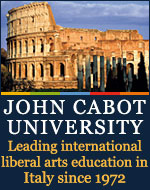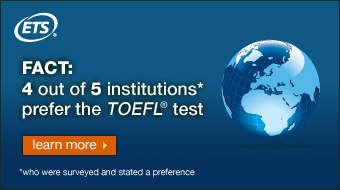
| IIE Home | Membership | Publications | Open Doors | Contact Us |
| Connect with Us |
Archives |
IIE Global Partnership Service (IIE GPS) Is your campus seeking an academic partner in the United States? Are you wondering how to navigate the U.S. higher education system to find the right institutional partner? IIE’s Global Partnership Service (GPS) offers expertise to higher education institutions around the world seeking academic partnerships in the United States.
GPS utilizes IIE’s 90+ years of experience working with the U.S. higher education community to identify potential partners according to your institution’s specifications. GPS also reaches out to the IIE membership network of over 1,100 institutions to convey your partnership interests and attract high-quality prospective partners. This is also a great opportunity for potential U.S. partners to determine which institutions around the world are seeking partners and understand what they are looking for in collaborations. GPS is designed to provide strategic guidance for more streamlined relationship-building and management, and ultimately more effective partnerships between institutions in the United States and those in other countries.
Standard GPS Package
The Standard Global Partnership Service package includes the following five services:
Applications are accepted on a rolling basis. For more information, visit www.iie.org/gps or email IIE GPS at: gps@iie.org.
|
| www.iie.org/iienetwork • Member website of the Institute of International Education © 2025 Institute of International Education. All rights reserved. |


